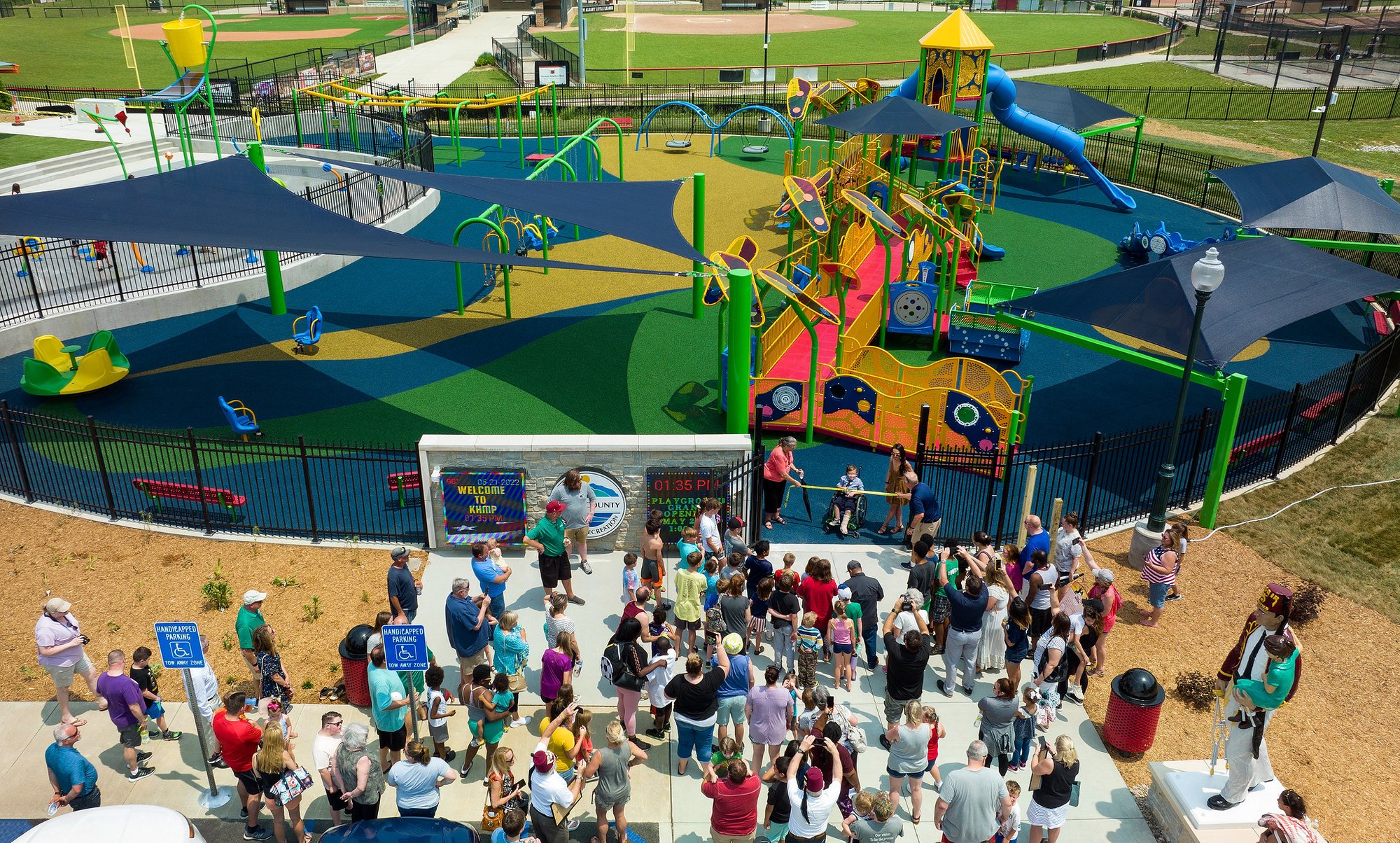The Power of Place: How Thoughtfully Designed Outdoor Spaces Spark Social Innovation

The Power of Place: How Thoughtfully Designed Outdoor Spaces Spark Social Innovation
Posted on October 8, 2025

A good park can change your day. A great one can change your whole community.
When outdoor spaces are designed with purpose, they become more than pretty backdrops. They become a catalyst for public health, social equity, and economic momentum. Parks are where strangers become neighbors, and where ideas take root. As cities grow and priorities shift, parks can be the infrastructure that connects us all.

Parks as Engines of Social Innovation
Outdoor spaces have always served as gathering places, but today they are being reimagined. Parks and green spaces provide opportunities to build and sustain communities, creating chances not only for collaboration but also for social innovation.
Well-designed parks can address real community challenges: improving public health through outdoor fitness zones, stimulating local economies by attracting visitors, and fostering inclusive programs that make everyone feel they belong.
When diverse partners come together, they not only meet the needs of the community but also address challenges that extend beyond an outdoor space.

Designing Health into Every Step
A walk in the park is more than just a pastime; it is preventive medicine. Studies consistently show that access to outdoor space reduces rates of chronic disease, lowers stress, and improves mental health. And the best part? It is free, accessible, and open to all.
That is… when it is actually accessible.
Too often, communities that would benefit most from safe outdoor spaces are the ones with the fewest resources. That is why equity in park design is not optional; it’s essential. The best parks serve everyone, which means inviting the community into the process early and often. True inclusivity means universal design, offering inclusive play equipment, accessible trails that welcome strollers and wheelchairs, and spaces for stillness. Because when people see themselves reflected in a space, they do not just use it, they belong to it.

Parks Mean Business, Too
Sure, parks are good for the soul. But they are good for the economy, too. In 2021 alone, local parks and recreation departments in the United States generated more than $201 billion in revenue. That same year, the industry supported over 1.1 million jobs nationwide. And in cities where investment in parks is prioritized? You see everything from increased property values to stronger small business activity.
Cities across the country are catching on. The Trust for Public Land reports record-high investments in park systems, fueled by leaders who understand that outdoor spaces are critical. In Fort Worth, Texas, the city’s Good Natured Greenspace Initiative increased annual park investments by 50% in four years. That is not just a win for green space; it’s a long-term bet on the city’s future.
.jpg?width=2048&height=1152&name=53036222964_6f128e78b2_k%20(2).jpg)
Build Belonging Through Creative Programming
What happens when people have a place to show up, slow down, and be together? You create the foundation for building belonging and social trust.
Unlike libraries and museums, parks are natural gathering spaces, designed for a mix of uses beyond recreation, from cultural events, movie nights, music festivals, clean-up days, and neighborhood potlucks. These shared moments form connections in communities.
Parks offer built-in opportunities for youth engagement and education. Think STEM-inspired play structures, nature exploration zones, and community gardens where kids can get their hands dirty. These spaces give young people room to grow, take risks, and connect with peers.
.jpg?width=2048&height=1588&name=53036213714_1e9c7e2356_k%20(1).jpg)
From Possibility to Reality
Where people gather, innovation grows, in playgrounds, gardens, and outdoor spaces. Where ideas meet action, and impact starts with a patch of grass.
Partner with IMPACT Parks to create spaces that move communities forward.

